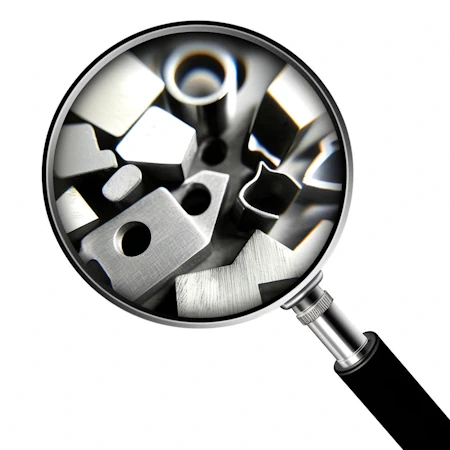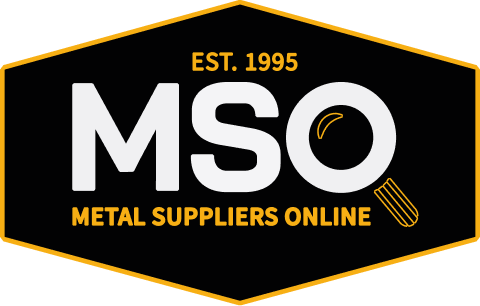Back To Browse
Aluminum
Aluminum 1060
Aging Procedure
Not applicable to this alloy.
Annealing Procedure
Annealing may be done at 650 F followed by air cooling.
Applications
Commonly used in the manufacture of chemical equipment and railroad tank cars.
Cold Workability
The cold working characteristics of AL 1060 are excellent. It can readily be cold worked by all conventional methods.
Forgeability
This alloy may be forged in the temperature range of 950 to 700 F.
Formability
This alloy has excellent forming capability by cold or hot working with commercial techniques.
Hardening Procedure
The alloy hardens only from cold working. Tempers H12, H14, H16, H18 are determined by the amount of cold working imparted into the alloy.
Heat Treatability
This alloy does not harden by heat treatment. It may be annealed after cold working. See "Annealing".
Hot Workability
Hot working, if required, may be done in the range of 900 to 500 F.
Machinability
The machinability of AL 1060 is fair to poor, especially in the soft temper conditions. In the harder (cold worked) tempers such as H16 and H18 the machining characteristics are improved. Either carbide or high-speed steel tooling may be used and use of lubricants is recommended, although some cutting may be done dry.
Other Mechanical Properties
Shear strength of annealed (O temper) is 7 ksi. For H14 temper it is 9 ksi and for H18 temper 11 ksi.
Other Physical Properties
Electrical conductivity 55% of copper.
Principle Design Features
This is a relatively low strength, essentially pure aluminum, alloy. It is noted for excellent welding characteristics and formability along with good corrosion resistance. It cannot be hardened by heat treatment.
Tempering Procedure
Not applicable.
Weldability
AL 1060 may be welded by standard commercial methods. If filler rod is required it should be of AL 1060. A precaution should be noted for the use of resistance welding as by this method some trial and error experimentation may be required to obtain good results.
Known Forms
Bar-Hollow
Beams-I
Channel
Flat Bar
Foil
Hexagon Bar
Pipe-Seamless
Round Bar
Sheet
Square Bar
Strip
Tube-Rectangular
Tube-Round (Seamless)
Tube-Round (Welded)
Tube-Square
Angle
Angle-Unequal Leg
Billet
Billet-Extrusion
Coil
Half Round
Octagonal Bar
Shapes-Extruded
Tube-Hexagonal
Tube-Octagonal
Tube-Oval/Oblong
Additional Data
Specifications
B209,B210,B211,B221,B234,B241,B345,B361,B404,B483,B548,J454,A91060Dismiss
Chemical Elements
| Aluminum | 99.6 nom |
| Copper | 0.05 max |
| Iron | 0.35 max |
| Magnesium | 0.03 max |
| Manganese | 0.03 max |
| Remainder Each | 0.03 max |
| Silicon | 0.25 max |
| Titanium | 0.03 max |
| Vanadium | 0.05 max |
| Zinc | 0.05 max |
Physical Properties
Density: 0.0975lb/in³
Melting Point: 1200°F
Specific Gravity: 2.705
Mechanical Properties
Modulus of Elasticity – Tension: 10MSI
Modulus of Elasticity – Torsion: 3.85MSI
Thermal Conductivity
| Condition | Temperature | Conductivity |
|---|---|---|
| H18 | 77 °F | 160 W/m·K |
| Annealed | 77 °F | 162.5 W/m·K |
Thermal Expansion
| Condition | Min | Max | Expansion Coefficient |
|---|---|---|---|
| Annealed | 68 °F | 212 °F | 13.1 µin/in/°F |
| Annealed | 68 °F | 572 °F | 14.2 µin/in/°F |
Find the metal you're looking for today.

